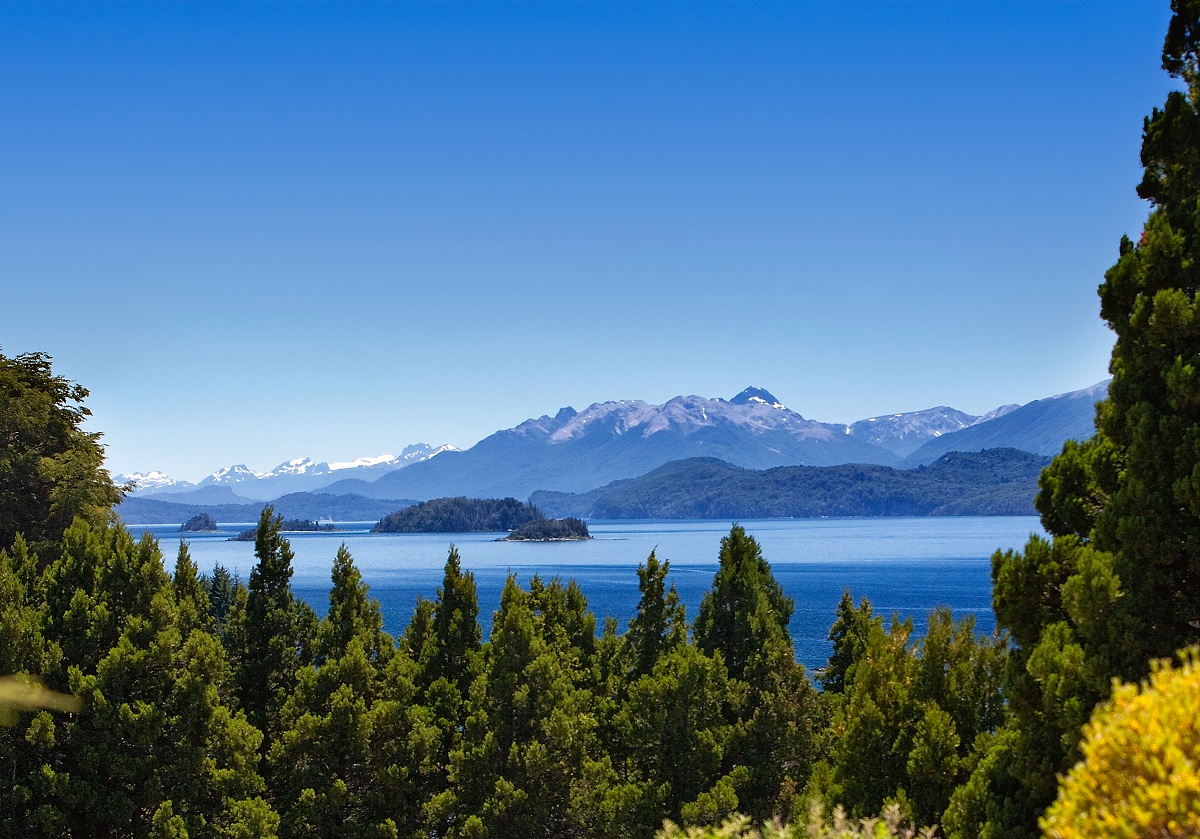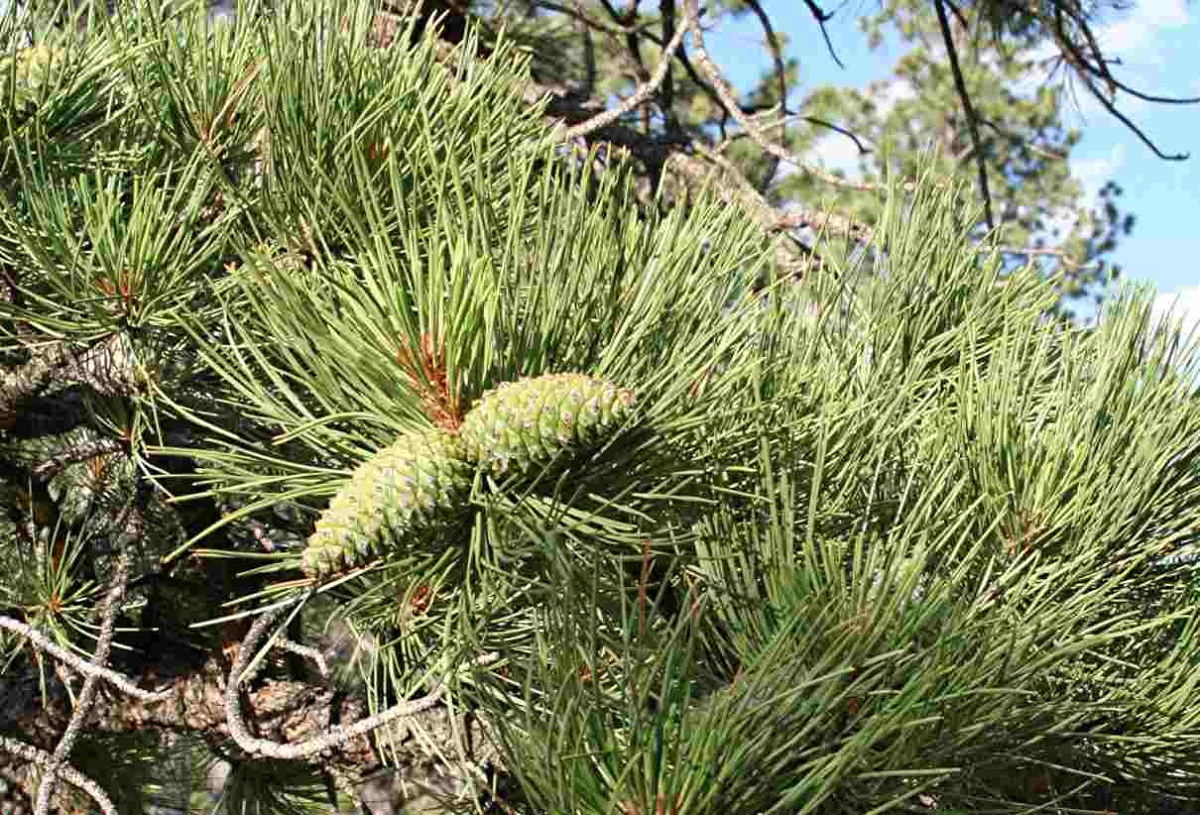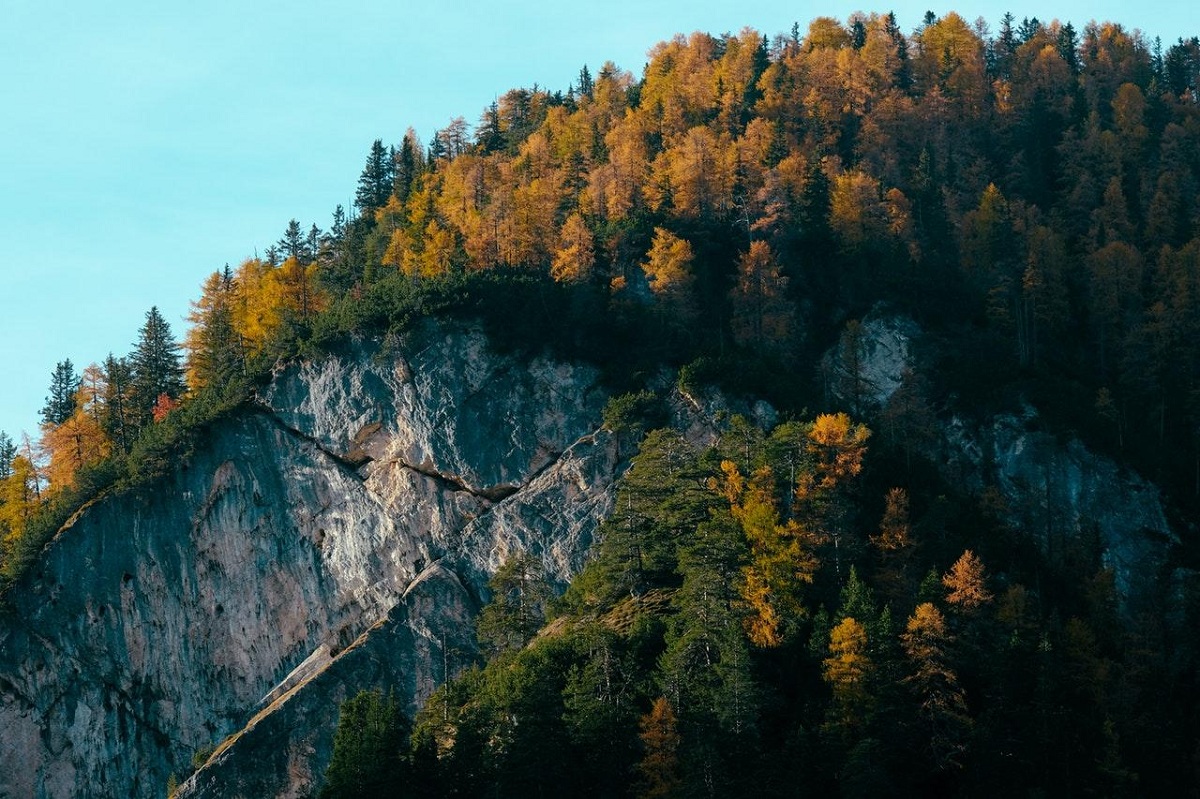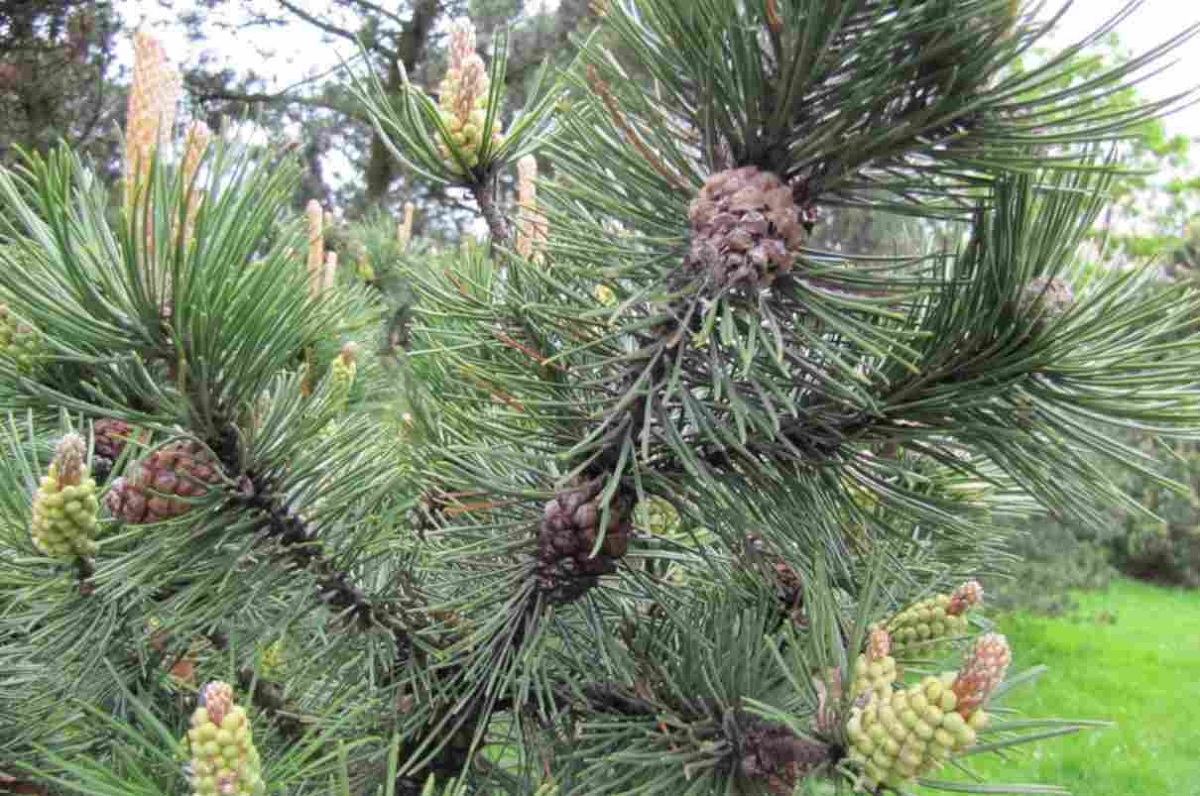
One type of plant that spread and spread in the late Carboniferous period are the conifers. These are plants with seeds and are so called because they are cone or bearing shaped and currently have more than 550 species. The vast majority of all species belonging to this group are trees or shrubs. They have come to dominate many areas of the high latitudes, forming forests with needle-shaped evergreens. Among the best known members of this family we have the pines, firs, cedars and redwoods.
We are going to dedicate this article to tell you about all the characteristics, habitat and main species of the group of conifers.
Coniferous characteristics

These are aeolian plants whose seed develops within a protective cone. Hence its name. This cone of protection has the name of strobilus. During the time in which the seed develops and matures the cone lasts between 4 months and 3 years. The size of these bonds is usually very variable depending on each species. There are seeds of conifers that are highly protected and are able to withstand extreme environmental conditions. Therefore, they have developed a great capacity to survive different environments. They are able to adapt to areas with a lot of heat, times of long drought and very cold during winter.
The adaptations that conifers have had throughout history have been mainly due to the type of leaf. Commonly, all conifer species contain straight trunks. They usually have a great variety of trunk sizes, being the largest being the famous 112.5 meter high redwoods.
The terrestrial biome that mainly dominates the coniferous group is the taiga. Surely you have ever heard of this type of ecosystem. It is also known by the name of boreal forest and they are found in all areas of the northern hemisphere. They are areas closer to the poles where temperatures are more extreme. The coldest winters stand out with a large amount of precipitation in the form of snow. It turns out that it makes up the largest biome in the world since it represents 30% of all the world's forests.
The taiga is composed of coniferous and copper forests in most areas such as the interior of Canada and Alaska in North America, much of Norway and extensions by Finland, Russia, Sweden and Japan.
Types of conifers

There are numerous types of conifers depending on the characteristics it has. Although the vast majority of them have the characteristics of their family, there are varieties in morphology and phenology. We are going to analyze which are the most representative species within the group of conifers.
White fir
The white fir is native to central and southern Europe. Its most frequent height is around 60 meters high. It is considered as a fairly tall tree and grows very slowly during the first few years. By the time he is 5 years old, he develops almost a meter a year. Flowering is in the spring time.
Greek fir
This type of conifer is native to Greece and its leaves have a dark grayish-green pointed shape. This color is also called stormy green. Its area of distribution is usually in forests where there is a lot of sun or partial shade.
Colorado fir
Its name indicates its main area of distribution. Although it has a very wide distribution, it is mainly found in northern Mexico and the southeastern United States. It reaches 30 meters in height and has a silver-gray hue. Among the main characteristics of this tree we find that its needles, that is, its leaves, they reach 8 centimeters in length. These are quite long if we compare it with the rest of the species in this group.
Another of the hallmarks of the Colorado fir is that the cones of this tree are distributed separately by sex. Within the same individual we find areas where there are more male cones and other areas where there are more female cones.
Red fir
It is one of the best known since it is the classic Christmas tree. Within the group of red firs are found 40 other species They span regions of Asia, Southern Europe, North America, and North Africa. It is one of the firs that is most confused by the way its leaves join the branches.
Lesser known coniferous species

We are going to analyze some of the species less known by the community in general. However, many of them are of great interest.
Korean fir
It is native to the southern tip of Korea and is one of the smallest fir trees in existence. It only has a height of between 2-5 meters. Some consider it to be a bush rather than a tree. It grows very slowly, developing between 10-15 centimeters a year until it reaches its mature cone shape. The good thing about this fir is that it is very easy to grow from seeds.
monkey puzzle
These trees come from the island of Nordfolk and it is a tree that can reach 70 meters in height. It also develops slowly since the male cones are a maximum of 5 centimeters long and the female cones are wider at the base and are between 7-12 centimeters long. The wood of this fir is quite hard, heavy and white in color. It has great commercial interest as a natural resource for the construction of sailboats for ships. It is usually planted in pots and a small tree with ornamental interest is commonly grown. Normally the northern areas are found as they need more cold to survive.
Blue cedar
This species comes from North Africa and contains blue-gray needles, hence its name. It is in high demand since it has a great ornamental interest. Over time it has become one of the best options to decorate parks and gardens. Its height reaches about 15-20 meters, which makes it ideal for shading these urban spaces.
I hope that with this information you can learn more about conifers and the main species.